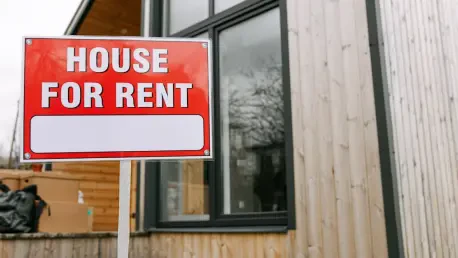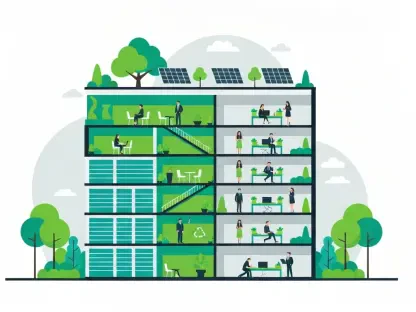In recent years, the dynamic of the housing market has seen significant shifts, and one of the most notable trends is the increasing popularity of build-to-rent (BTR) communities. Driven by a combination of factors such as an ongoing housing shortage, the rising costs of homeownership, and the evolving preferences of prospective renters, these unique communities are rapidly becoming a preferred choice for many. BTR communities offer a solution to the high barriers of purchasing homes, providing an alternative that balances the desire for single-family living with the flexibility and affordability of renting. This growing trend has managed to attract both investors and renters alike, reshaping the landscape of the rental market.
Economic Advantages and Investment Potential
One of the primary reasons for the surge in build-to-rent community popularity is their economic viability. Investors see a reliable revenue stream in BTR properties, which promise a stable cash flow and minimal risk. Mike Miller from Peakline Real Estate Funds has highlighted significant investor interest, revealing that his firm has launched a $300 million BTR fund targeting regions like the Midwest, Southeast, and Mountain West. These areas have experienced undersupply, making them attractive to investors seeking profitable opportunities. By diversifying into these markets, investors can leverage the strong demand for rented single-family homes and the limited availability of such properties.
Investment in BTR properties is often seen from entities like pension plans, insurance companies, and endowments. These investors recognize that BTR communities can generate returns even in competitive housing markets. Additionally, lenders, including local banks and non-bank entities like Evergreen Residential, are drawn to these projects because of the consistent cash flow and asset stability they offer. Lenders’ support further underscores the economic strength of BTR developments, enhancing their appeal as a robust investment option in today’s real estate landscape.
Desirability Among Renters
The appeal of build-to-rent communities extends beyond investors to renters who seek a homeownership-like experience without the associated costs. These communities provide features such as garages, yards, and multiple bedrooms that are well-suited for families, especially those prioritizing quality school districts. Prospective renters are increasingly drawn to BTR properties for the convenience and comfort they offer, which align closely with the lifestyle choices they pursue. The ability to live in a community that mirrors a single-family home environment, but with the flexibility of renting, represents a compelling option for many.
Moreover, a maintenance-free lifestyle is a significant draw for renters. Build-to-rent communities eliminate the responsibilities and costs associated with home upkeep, providing a hassle-free living experience. This factor is particularly appealing to those who value their time and prefer a more relaxed living situation. Furthermore, the diversity of home choices and the privacy these communities offer resemble those found in single-family homes, making BTR properties a popular choice among those who seek both comfort and convenience.
Market Trends and Future Outlook
The demand for build-to-rent communities is driven by several market trends, including the high cost of homeownership and the limited supply of new homes. Companies like Evergreen Residential are focusing on tertiary markets in the Sunbelt and Midwest to address significant supply constraints. Cities such as Indianapolis, Fayetteville, Knoxville, and Ohio are prime targets for BTR developments due to their substantial undersupply. By focusing on these areas, BTR developers can tap into growing demand and provide much-needed housing solutions.
Overall, build-to-rent communities offer a promising investment opportunity due to their economic benefits, strong demand from renters, and the scarcity of supply in certain markets. As the housing market continues to evolve, BTR properties are likely to see further growth in rental yields and property values. This trend reflects broader shifts in housing preferences, where renting single-family homes is becoming an increasingly desirable option amidst high barriers to homeownership. The future of BTR communities seems bright, with expectations for continued expansion and success in the coming years.
Conclusion
In the past few years, the housing market has undergone significant changes, notably with the rise of build-to-rent (BTR) communities. These specialized communities have surged in popularity due to a variety of factors. There’s a persistent housing shortage, escalating costs associated with buying homes, and shifting preferences among prospective renters. As a result, BTR communities have emerged as an attractive alternative for many individuals and families. They provide a middle ground that combines the appeal of single-family living with the flexibility and affordability that renting offers. The reduced barriers to homeownership have made these communities an appealing option. Consequently, BTR communities are capturing the attention of both investors and renters. As these communities continue to gain traction, they are significantly reshaping the rental market landscape, offering new opportunities and evolving the way people think about and engage with their living spaces. Thus, the dynamic of the housing market is continuously evolving.









